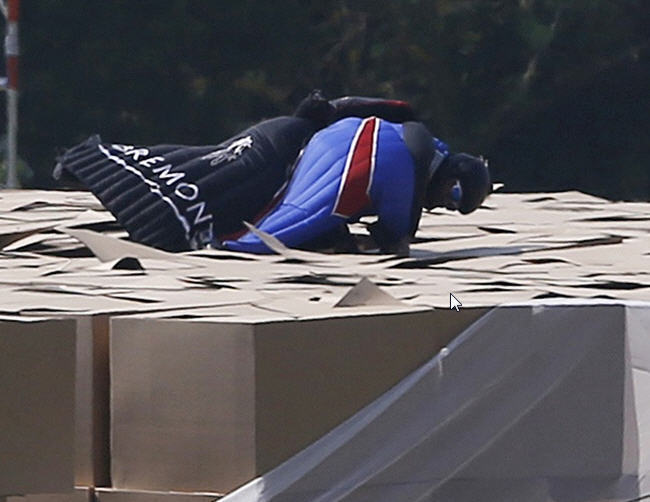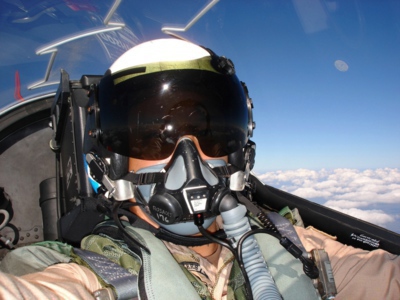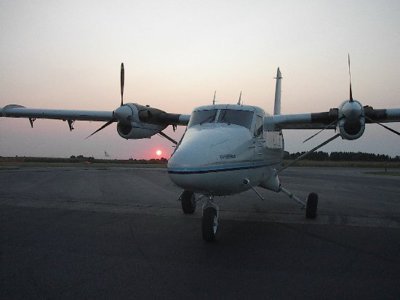Recommended Posts
riddler 0
Quote3k? Wimps. 1k
If you start at 3K, claw your way over the jumpers vying for the door, open the door and actually get out, you'll probably be at 1K anyway. Now if I'm already hanging outside at 1K, no problem. Maybe we should all just float the takeoff?
quade 4
Quote
Here's a question for you pilot types - are commercial, passenger aircraft subject to more FAA scrutiny (more inspections, more maintenance, et al) than say a typical skydiving plane? I don't exactly ask for maintenance reports when I get on Delta, either
Most typical skydiving aircraft are being operated as a commercial operation under FAR Part 91 regulations.
Commercial airlines in addition to following the rules in FAR Part 91 also comply with a more rigid set of regulations in FAR Part 135. More rigid not just in aircraft maintenance, but also the general way in which things are operated and crew training.
You are orders of magnitude safer on a commercial airliner than a typical skydiving aircraft.
The World's Most Boring Skydiver
The only thing worse than a cold toilet seat is a warm toilet seat.
PhreeZone 20
The Casa has a max takeoff of 6300kg (13,890lb) and in speaking to the pilots I know that its required and has climbed out on one engine before.
And tomorrow is a mystery
Parachutemanuals.com
FunBobby 0
FunBobby
Aviatrr 0
QuoteLooks like the Shorts Skyvan is not required to climb on one engine since its Max Gross take off is 5670kg (12,500lb). The way I read the history of the plane is that it was certified with the Garrett turboprops in '67 but it is a light enough plane it does not have the climb requirements.
Hmmm....I always thought the Skyvan was over 12,500...maybe there are some variants of it that are, but the original is not.. Then again, maybe I'm just mixing it up with the specs on other models of Shorts aircraft. I'll have to ask at Deland next time I'm there and talk to the Skyvan pilots.
Mike
TomSpoon 4
QuoteQuoteLooks like the Shorts Skyvan is not required to climb on one engine since its Max Gross take off is 5670kg (12,500lb). The way I read the history of the plane is that it was certified with the Garrett turboprops in '67 but it is a light enough plane it does not have the climb requirements.
Hmmm....I always thought the Skyvan was over 12,500...maybe there are some variants of it that are, but the original is not.. Then again, maybe I'm just mixing it up with the specs on other models of Shorts aircraft. I'll have to ask at Deland next time I'm there and talk to the Skyvan pilots.
Mike
Aviator is right about light a/c and single engine climb. The only requirement for an aircraft under 12,500 lbs certifcated under far 23 is that it maintain directional cotrol.
The mx requirements for aircraft operated under Far 121/119-Scheduled airlines and 135-Air taxi are more stringent than far 91 under which jump planes are flown. One example, TBO's[time before overhaul] on components like engines and props are not binding for 91 operators as they are for the airlines and charter guys. As far as engines not making their rated power as they age. It is my understanding that all aircraft engines are required to produce their published takeoff torque or they are broken. Referance Far 91. 7 [aircraft airorthiness] Tom
riggerrob 643
Why is it that when some skydivers see a mechanic near a jump plane on Saturday morning, that they turn all sorts of funny colors and refuse to board the airplane, while people like me refuse to board airplanes that mechanics have NOT looked over recently?
Dave
QuoteIf it was flying fine yesterday and nobody's touched it since then, it'll fly fine today.
Dave
If you do major reconstructive work on any aircraft the pilot should take it out for a solo test flight anyway. That's what I always did. Any prop or engine work got a solo flight.
www.diverdriver.com
ATP/D-19012
FB #4125






Here's a question for you pilot types - are commercial, passenger aircraft subject to more FAA scrutiny (more inspections, more maintenance, et al) than say a typical skydiving plane? I don't exactly ask for maintenance reports when I get on Delta, either
Share this post
Link to post
Share on other sites